

Open-world superhero games and plot-altering moral decisions are nothing new by themselves, but stick them together and you’ve got… well, you’ve got Spider-Man: Web of Shadows. But throw in lightning powers, riots, out-of-control gangs that hunt in packs and lots of ruined buildings to climb, and you’ve got inFamous, the story of a wall-climbing wild talent trapped in a city gone mad.
Centering around gruff bike messenger-turned-reluctant superhero Cole McGrath, inFamous is fun enough as a free-roaming romp, but it’s disappointingly full of rough edges. Disappointing mainly because it comes from Sucker Punch, a studio from which we’ve come to expect great things after the mostly stellar Sly Cooper series. Maybe it’s our fault for setting our expectations too high, but what we hoped would be a great game ended up being just good.
Still, “good” is definitely worth your time, and inFamous has a lot of cool things to offer. The game opens with the apparent terrorist bombing and subsequent military quarantine of Empire City, a town that feels like a cross between New York, Seattle and a massive hobo camp. Caught at the epicenter of the blast, Cole not only survives, but gains electrical superpowers in the bargain.
Above: One of those superpowers is the eventual ability to grind on power lines, which is awesome
He’s not the only one, either, and in the lawlessness following the disaster, Empire City’s been carved up by three huge street gangs led by supervillains called “Conduits.” Conduits range from hulking brutes who roam alongside the regular, interchangeable gun-toting gang members (and who, in later stages, can become gigantic or create robotic exoskeletons) to the game’s bosses, all of whom share a connection to a secret society called the First Sons.
With the city engulfed in chaos, it isn’t long before Cole’s pressed into service by the FBI, who want him to find a mysterious object called the Ray Sphere – oh, and if he could also single-handedly return order to the city, that would be just swell.
Above: Much has been made of inFamous’ slick “graphic-novel” cutscenes - here’s one from just after the third mission
At Cole’s disposal is a roster of electrical superpowers that gradually expands as he restores power to the city. Starting out with little more than a quick lightning blast and the ability to heal yourself by leeching power from anything that carries a charge, you’ll rapidly earn new abilities, many of which mimic the functions of guns in other games. Precision, for example, enables you to zoom in on enemies (and slow time) with sniper-like efficiency, while Shockwave is a concussive, shotgun-like blast that can also deflect missiles. The Megawatt Hammer works like a ball-lightning rocket launcher, the advanced Lightning Storm is basically a laser-satellite strike and the Shock Grenades stick to enemies, which is hilarious.
Above: You’ll probably end up relying on Precision a lot
You’ll be able to upgrade these powers differently depending on the choices you make in the game. Every so often, you’ll be confronted by a moral dilemma – rescue a lynching victim, or ignore him? Help a dying man, or step over his body and steal his treasure? – and your choice will affect your Karma meter. Karma’s also earned or lost dynamically by doing things like healing civilians (you’re a walking defibrillator, after all) or blowing up moving vehicles. Speaking of which, be warned: if you’re trying to be a good guy, keep a careful eye out for puddles. Electricity plus puddles equals people die.
Above: Oops
Make heroic choices and avoid unnecessary murder, and not only will you get helpful, power-boosting upgrades, but the citizens will rally to cheer you on and even throw rocks at your enemies. Err too heavily on the side of selfishness, however, and you’ll become a twisted Sith lord who shoots red lightning bolts, gets explosive upgrades and inspires terror and disgust everywhere he goes.
Above: Also you can suck the life energy from civilians
As for the “restoring power” part we mentioned earlier, that’s actually a pretty clever idea. Not only are the game’s second and third islands blocked off until chapter-ending boss fights open them up, but Cole is effectively barred from wandering into certain neighborhoods while the power is out. See, without an active electrical grid, Cole’s powers weaken, his vision goes blurry and he loses his ability to heal. And because these areas are always swarming with enemies, wandering into them without a reason is an excellent way to die quickly.
So instead, Cole has to wait until he gets an order from his FBI handler to restore power to an area, at which point it’s time to delve into the sewers (did we mention deep water is deadly to Cole?) to hunt for power substations and turn the juice back on. Once that’s done, he’ll be granted a new ability, and a new area of the map will be made safe to explore.
Unfortunately, actual exploration is the weakest part of the game, mainly because Empire City itself just isn’t that interesting. Sure, it’s pretty cool to bounce around on buildings at first, and once you’ve unlocked the second island, the number of fascinating and bizarre landmarks shoots up significantly (and includes a couple of huge, crumbling ruins that are a blast to climb).
Above: OK, getting up here is kind of fun
But in the main, it’s often difficult to tell which part of the city you’re in without checking the map. Few of the neighborhoods really have a distinct look or character, the miles of waterfront all look mostly identical and several of the city’s plazas and alleyways are similar enough to feel like they were rubber-stamped into the world. And with cars off-limits, there’s no rapid way to travel from one end of the city to the other apart from grinding on power lines or train tracks, or climbing up somewhere high and then gliding slowly to the ground. While those are both a lot faster than walking, they'll still take a while to get you where you need to go.
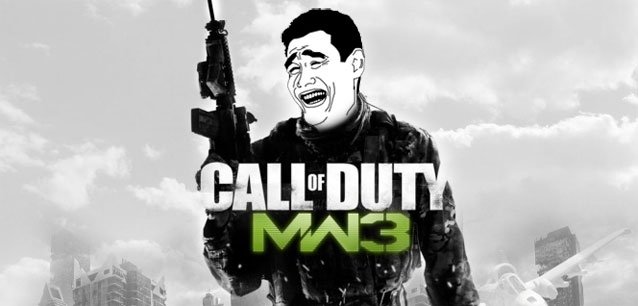

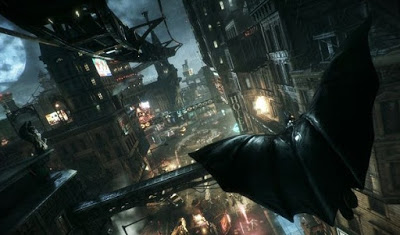
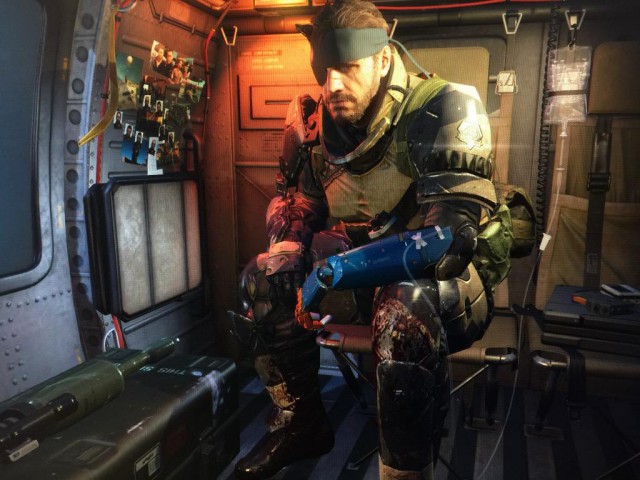
 Call of Duty: Black Ops – Rezurrection DLC Guide
Call of Duty: Black Ops – Rezurrection DLC Guide The Witcher 3: How To Get Griffin Armor Set, Location, Diagram And Stats
The Witcher 3: How To Get Griffin Armor Set, Location, Diagram And Stats Crypt of the NecroDancer: How to fix Crashes, Audio or Music issues, Loading issues, Gamepad issues, Virus or Malware alerts etc
Crypt of the NecroDancer: How to fix Crashes, Audio or Music issues, Loading issues, Gamepad issues, Virus or Malware alerts etc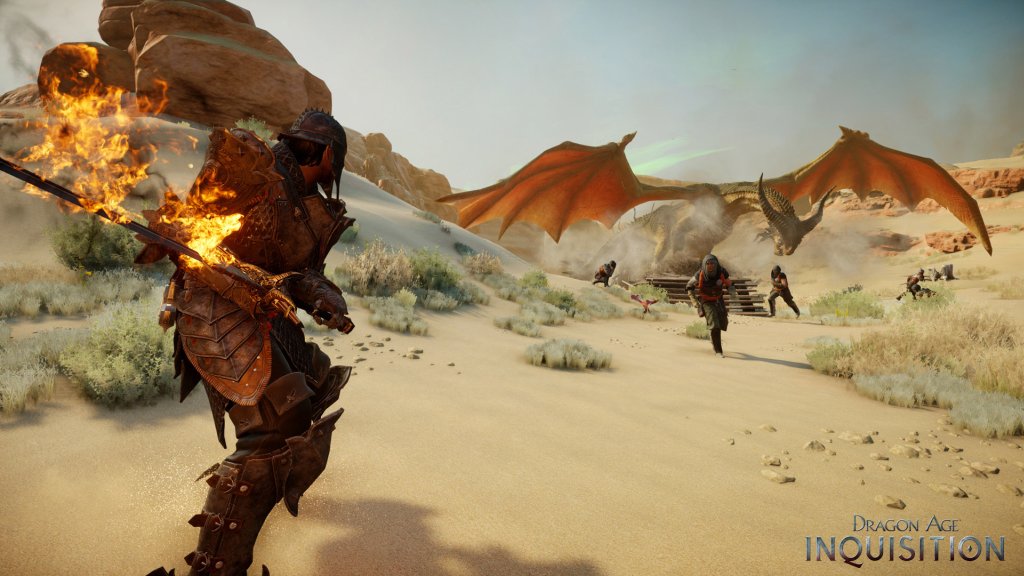 How to Fix Dragon Age: Inquisition Crashes, Freezes, Controls and Other Problems
How to Fix Dragon Age: Inquisition Crashes, Freezes, Controls and Other Problems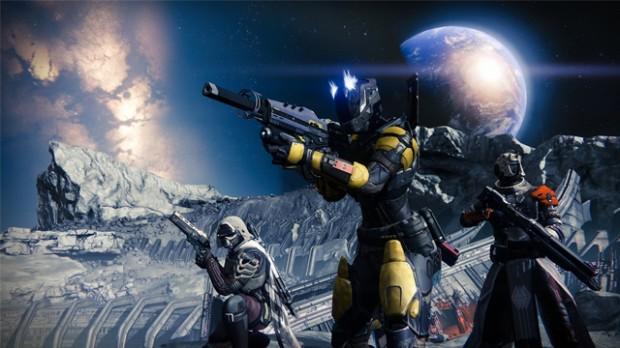 Comprehensive Destiny PS4/PS3 Tips & Tricks For Gameplay, Weapons, Achievements, Raids And Crucibles
Comprehensive Destiny PS4/PS3 Tips & Tricks For Gameplay, Weapons, Achievements, Raids And Crucibles